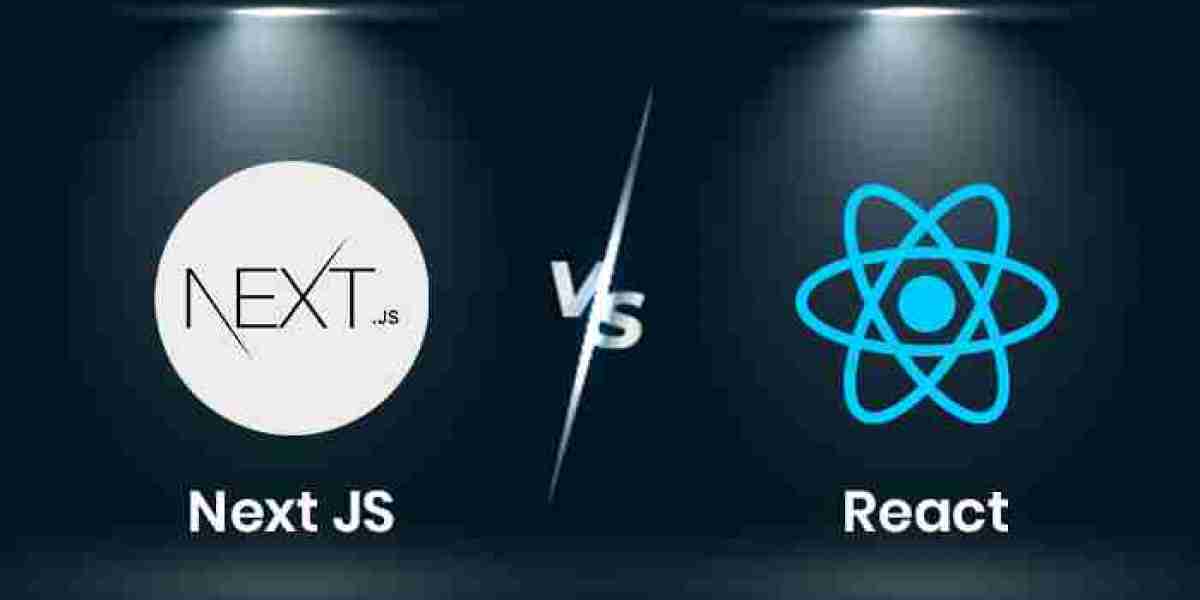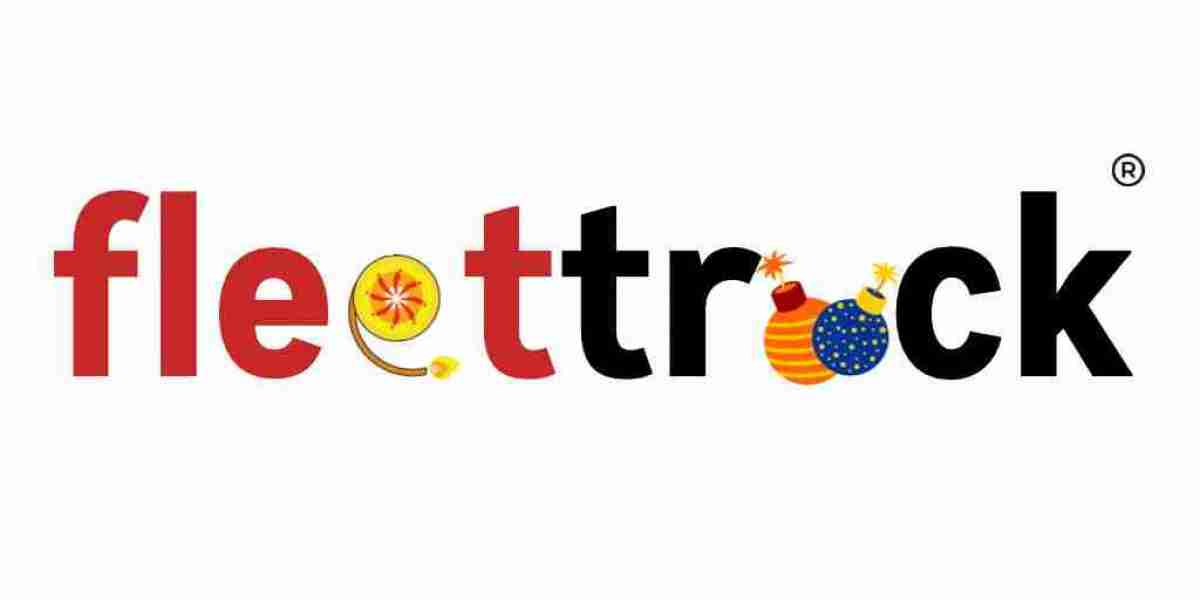In the ever-evolving world of web development, the choice of front-end technology can significantly impact the success of your project. With numerous frameworks and libraries available, making an informed decision is crucial. At Bluetris Technologies, a leading software development company, we prioritize staying at the forefront of technological advancements to provide our clients with the best solutions. Among the most popular choices for front-end development are React and Next.js. React, known for its flexibility and simplicity, has been a favorite among developers for years. Next.js, built on top of React, enhances its capabilities with features like server-side rendering and static site generation. As we move into 2024, understanding the differences, benefits, and ideal use cases of Next.js vs React will help you make the best choice for your front-end development needs. This comprehensive guide will provide the insights you need to decide which technology suits your project best.
Overview of React and Next.js
What is React?
React is a JavaScript library developed by Facebook, primarily used for building user interfaces, particularly single-page applications where data needs to be dynamically updated without refreshing the entire page. React allows developers to create reusable UI components, manage state efficiently, and render views in a declarative manner.
What is Next.js?
Next.js is a React-based framework developed by Vercel. It enhances React's capabilities by providing features like server-side rendering (SSR), static site generation (SSG), and automatic code splitting. These features help improve performance, SEO, and user experience. Next.js aims to simplify the development of complex applications by offering a comprehensive set of tools and conventions out of the box.
Core Features and Capabilities
React Core Features
- Component-Based Architecture: React allows developers to build encapsulated components that manage their state.
- Virtual DOM: React uses a virtual DOM to optimize rendering and improve performance.
- One-Way Data Binding: React's data flow is unidirectional, making it easier to understand and
- debug.JSX: React uses JSX, a syntax extension that allows HTML to be written within JavaScript.
- React Hooks: Hooks enable state and side-effect management in functional components.
Next.js Core Features
- Server-Side Rendering (SSR): Next.js can pre-render pages on the server, enhancing performance and SEO.
- Static Site Generation (SSG): Next.js generates static HTML at build time, offering excellent performance for content that doesn’t change frequently.
- API Routes: Next.js allows you to create API endpoints within the same project, streamlining full-stack development.
- Automatic Code Splitting: Next.js automatically splits code to improve load times.
Incremental Static Regeneration (ISR): Next.js can update static content without rebuilding the entire site.
Performance Comparison
React Performance
React itself is optimized for performance through its use of virtual DOM and efficient diffing algorithms. However, performance largely depends on how React is used within an application. Poor state management or inefficient rendering can lead to suboptimal performance.
Next.js Performance
Next.js takes React's performance a step further by adding SSR and SSG. By pre-rendering content, Next.js reduces the amount of JavaScript required on the client side, leading to faster load times and better SEO. The automatic code splitting and optimization features of Next.js also contribute to enhanced performance.
SEO and Next.js vs React
SEO Challenges with React
React applications typically run on the client side, which can pose challenges for SEO. Search engines may struggle to index content that relies on JavaScript execution, potentially impacting visibility.
SEO Advantages with Next.js
Next.js addresses React’s SEO challenges by supporting SSR and SSG. These features ensure that pages are pre-rendered with all necessary content, making it easier for search engines to index and rank them. This makes Next.js a more SEO-friendly option compared to traditional React applications.
Development Speed and Flexibility
React Development Speed and Flexibility
React offers great flexibility, allowing developers to choose their own tools, libraries, and architecture. This can speed up development for those familiar with React's ecosystem. However, it can also lead to decision fatigue and inconsistencies in larger teams or projects.
Next.js Development Speed and Flexibility
Next.js provides a more opinionated framework, offering a standardized way of building applications. This can speed up development by reducing the number of decisions developers need to make and providing built-in features like routing and SSR. However, it might feel restrictive to developers who prefer more control over their tech stack.
Learning Curve and Community Support
React Learning Curve and Community
React has a moderate learning curve. Its simplicity and vast ecosystem make it accessible, but mastering concepts like state management and hooks can take time. The React community is large and active, offering extensive documentation, tutorials, and third-party libraries.
Next.js Learning Curve and Community
Next.js has a steeper learning curve compared to React due to its additional features. However, its comprehensive documentation and tutorials make it easier to get started. The Next.js community, while smaller than React’s, is growing rapidly and provides robust support and resources.
Use Cases and Best Practices
Best Use Cases for React
- Single-Page Applications (SPAs): React is ideal for SPAs where dynamic content updates are frequent.
- Complex User Interfaces: React's component-based architecture is perfect for building complex and interactive UIs.
- Mobile Development: React Native, based on React, allows for building cross-platform mobile apps.
Best Use Cases for Next.js
- SEO-Optimized Websites: Next.js's SSR and SSG capabilities make it perfect for websites requiring high SEO performance.
- Content-Rich Websites: Sites with a lot of static content benefit from Next.js's SSG and ISR features.
- E-commerce Platforms: Next.js can handle the dynamic and static content needs of modern e-commerce sites efficiently.
Case Studies
Companies Using React
- Facebook: The origin of React, Facebook uses it extensively across its platform.
- Instagram: Instagram's web version is built using React.
- Netflix: Uses React for its modular and flexible UI components.
Companies Using Next.js
- Vercel: As the creators of Next.js, Vercel uses it for their website and platform.
- Twitch: Uses Next.js for its fast and interactive user interface.
- Hulu: Employs Next.js for SSR to enhance performance and SEO.
Migration and Integration
Migrating to React
Migrating to React involves setting up a new project, integrating React components, and potentially replacing existing frontend logic. Tools like Create React App facilitate the setup process, but larger migrations require careful planning and testing.
Migrating to Next.js
Migrating to Next.js from a traditional React project can involve refactoring code to take advantage of SSR and SSG. Next.js’s flexible nature allows incremental adoption, making it easier to gradually migrate parts of an application.
Future Trends and Predictions
Future of React
React continues to evolve with new features like concurrent mode and improvements in server-side rendering. Its community and ecosystem ensure it remains a dominant force in front-end development.
Future of Next.js
Next.js is likely to see increased adoption due to its performance benefits and SEO advantages. Innovations in SSR, SSG, and ISR will continue to enhance its capabilities, making it a preferred choice for modern web applications.
Conclusion
Choosing between Next.js and React for your front-end development in 2024 depends on your project requirements and goals. React offers flexibility and a vast ecosystem, making it suitable for a wide range of applications. Next.js, with its built-in features for SSR, SSG, and improved performance, is ideal for SEO-driven and content-rich websites.
At Bluetris Technologies, a leading software development company, we leverage both React and Next.js to build robust, scalable, and high-performance web applications tailored to our clients' needs. Our expertise ensures that you receive the best technology solution for your project, helping you stay ahead in the competitive digital landscape.








